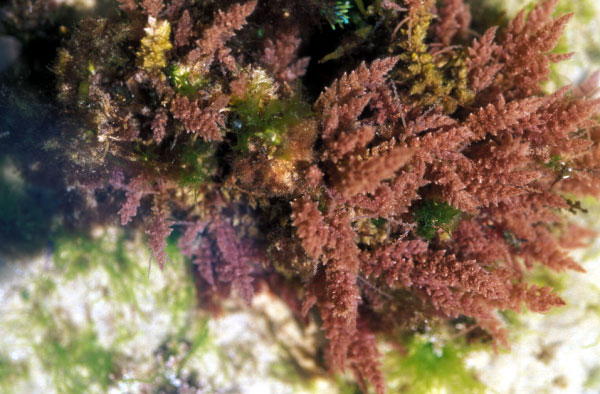A continuous-flow and on-site mesocosm for ocean acidification experiments on benthic organisms
Mesocosm experiments conducted for ecological purposes have become increasingly popular because they can provide a holistic understanding of the biological complexities associated with natural systems. This paper describes a new outdoor mesocosm designed for CO2 perturbation experiments of benthos. Manipulated the carbonate chemistry in a continuous flow-through system can be parallelized with diurnal changes, while irradiance, temperature, and nutrients can vary according to the local environment. A target hydrogen ion activity (pH) of seawater was sufficiently stabilized and maintained within 4 h after dilution, which was initiated by the ratio of CO2-saturated seawater to ambient seawater. Specifically, pH and CO2 partial pressure (pCO2) levels gradually varied from 8.05–7.28 and 375–2,691 μatm, respectively, over a range of dilution ratios. This mesocosm can successfully manipulate the pH and pCO2 of seawater, and it demonstrates suitability for ocean acidification experiments on benthic communities.



